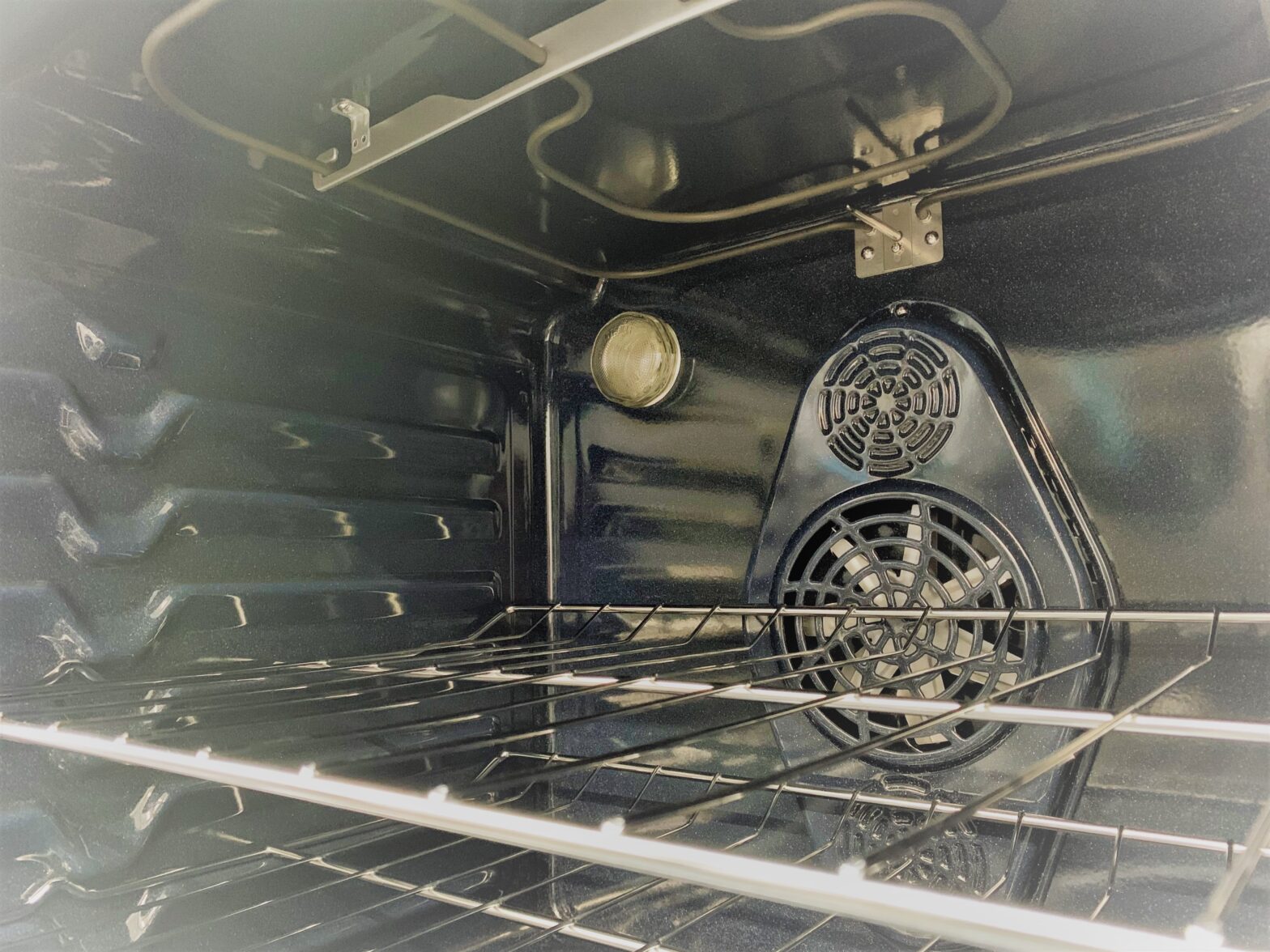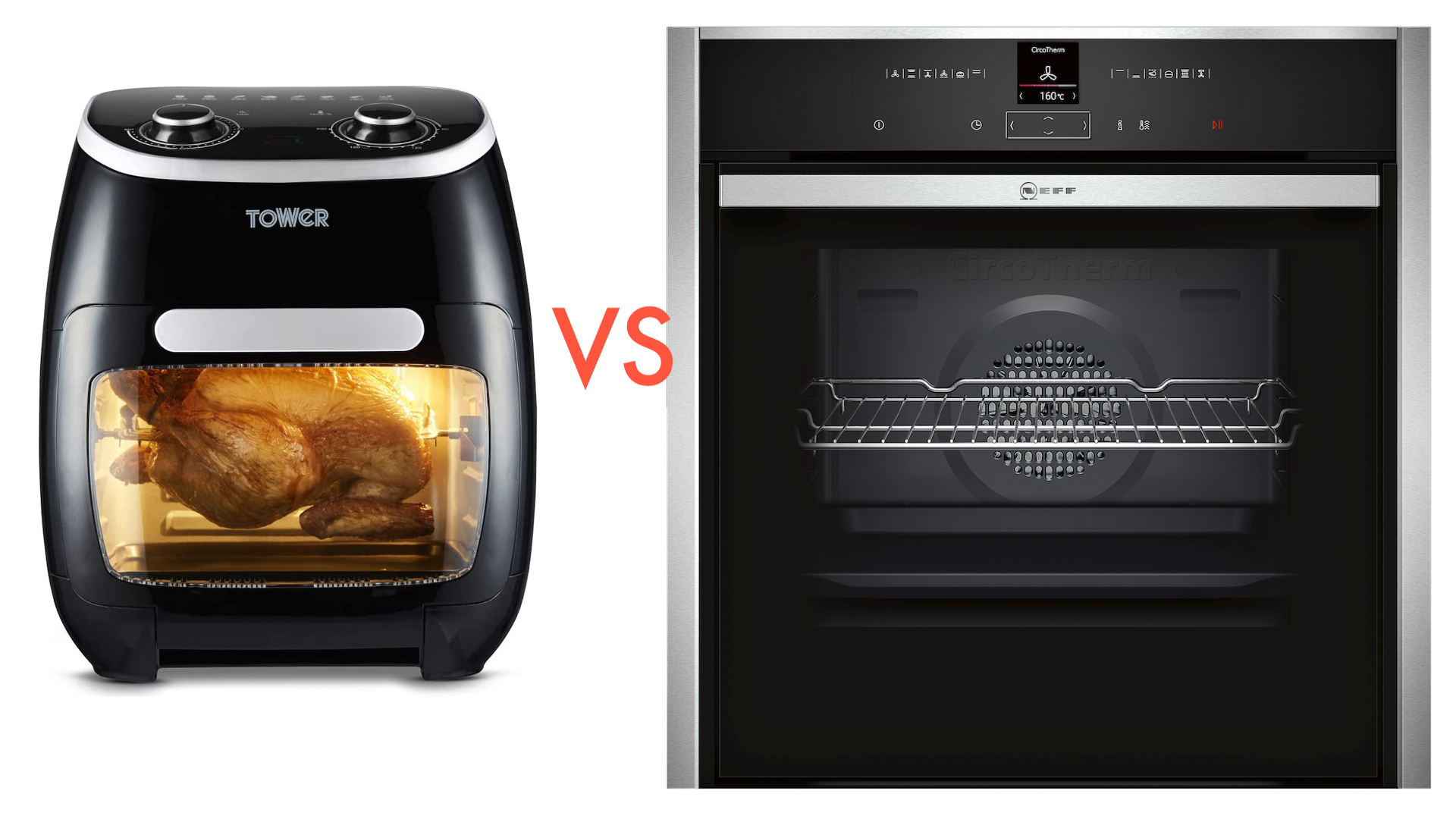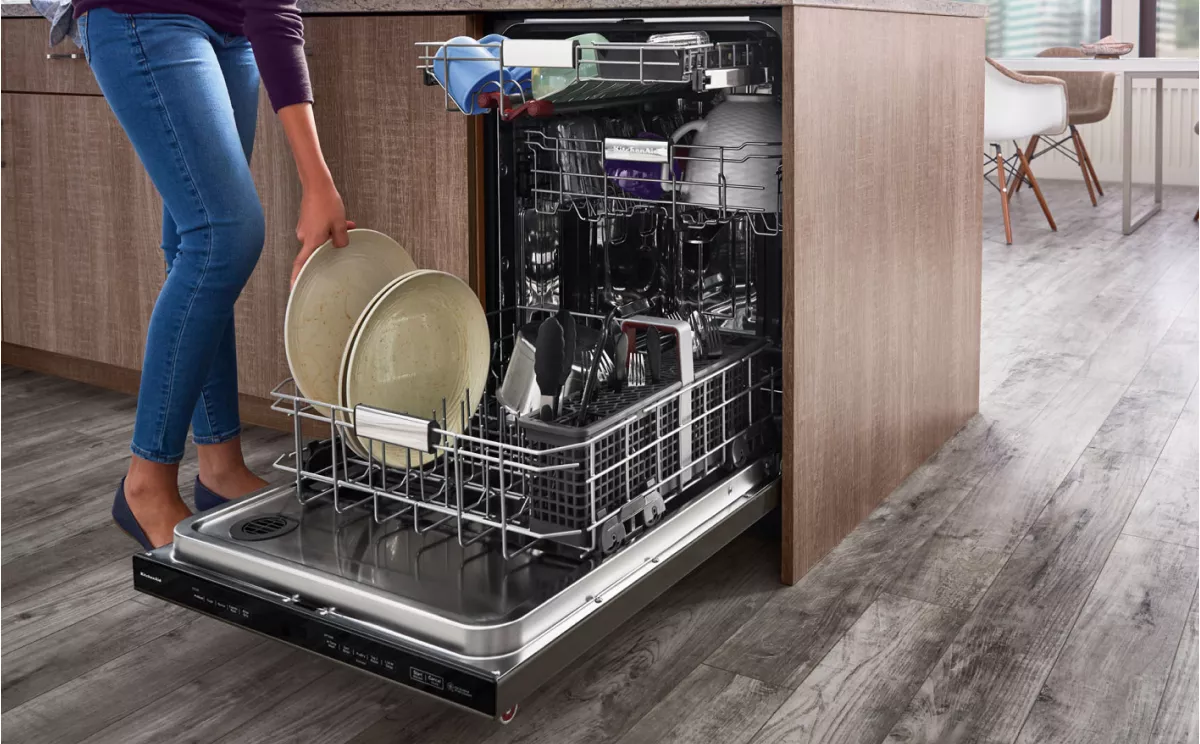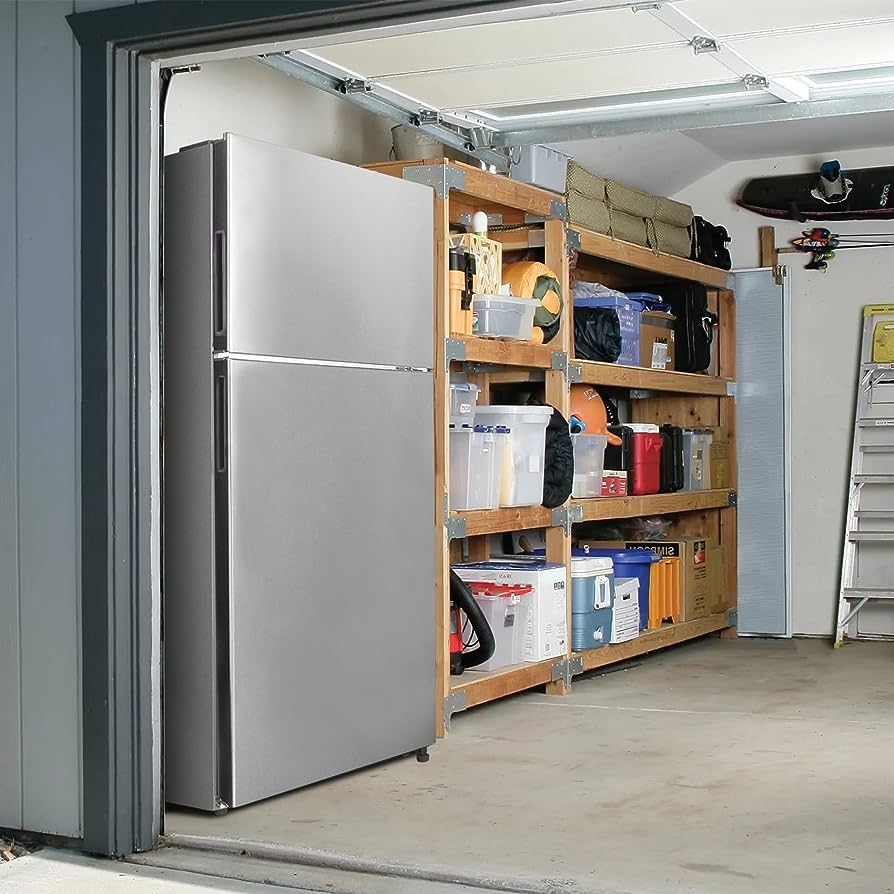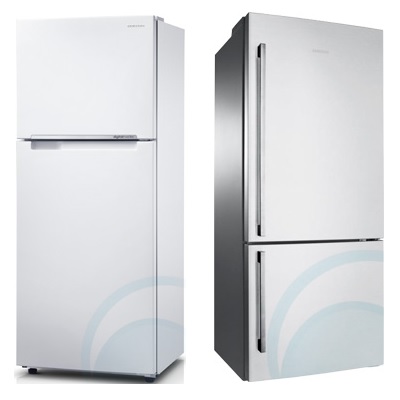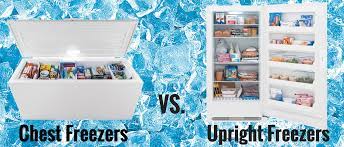There’s a lot of information circulating about convection ovens. Maybe you’ve heard that they dry out bread or burn easy recipes, leaving you with an expensive waste of money and a disappointing dinner.
It’s true, there are adjustments that need to be made, and convection cooking isn’t ideal for all dishes, but, as with everything, knowledge is power!
So what makes a convection oven different, anyway?
Simply put, convection ovens have fans that circulate the hot air around the interior of the oven cooking food faster at lower temperatures. Still ovens do not.
This results in 4 key benefits:
- Save time
- Cook times should be reduced by about 25% when following recipes, giving you more time to enjoy those delicious cookies or roasted veggies.
- Save money
- Cooking at lower temperatures for shorter amounts of time results in lower electricity bills. That’s just math.
- Cook more evenly
- Thanks to the circulation of hot air dishes cook more evenly. So whether you’re cooking 10 delicious cookies or 100, you should find them all beautifully browned.
- Crisper outside with juicier inside
- Air circulation also causes the outside to cook faster allowing the inside to better retain those wonderful juices, especially when cooking meat.
Tips for cooking with convection:
- Reduce recipe cook times by 25%
- Lower cooking temperature by 25 degrees
- For artisan breads place a pan of water at the bottom of the oven for a perfect crust and fluffy interior
- Turn off the fan completely for foods that start out wet, like muffins, soufflé or custard. Most convection ovens are built with this option but not all, so if you love those fresh-baked cupcakes, check the oven settings before you buy!
Finding the perfect oven doesn’t have to be difficult, and these days, time and money are more precious than ever. Convection cooking could just be the innovation you never knew you needed!

